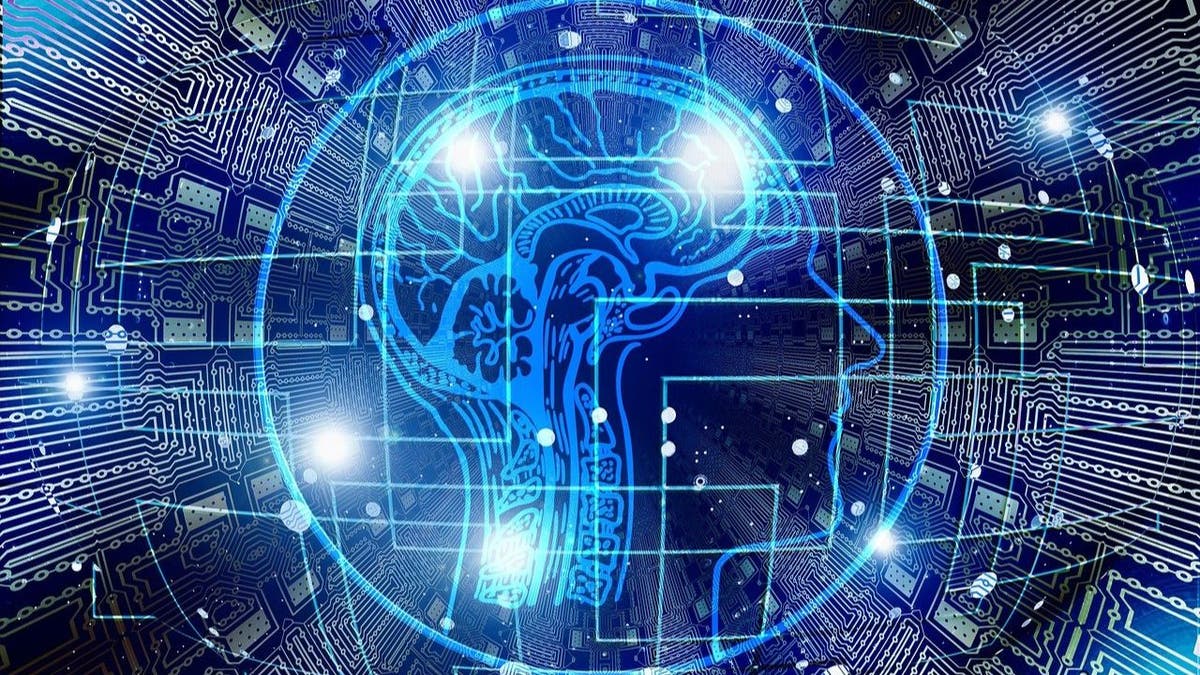
AI in health care: The perils of Biden's executive order
By Joe Grogan, Naomi Lopez
Published December 05, 2023
In an audacious move, the White House recently issued a staggering 111-page executive order on Artificial Intelligence.
Typically, executive orders are concise directives, prompting federal agencies to craft specific, detailed regulations. However, this sweeping document reflects the worldview that AI isn't just a technological advancement; it's an existential societal threat and only the government holds the keys to our technological salvation.
For those committed to health care access and affordability, the regulatory scope of this AI-focused executive order is alarming. Artificial intelligence stands on the cusp of revolutionizing health care – from groundbreaking drug discoveries to enhancing patient care and reducing unanticipated clinical deterioration, promising a foreseeable future where getting the right treatment to the right patient and at the right time is rapidly becoming a reality.

Artificial intelligence stands on the cusp of revolutionizing health care. (Cyberguy.com)
Given that much of the current health care system's dysfunction stems from excessive government rules and red tape, the Biden administration's default stance that views AI's transformative power in health care as a significant threat should come as no surprise. After all, AI promises to transform systems traditionally under significant government influence and control.
HOW ARTIFICIAL INTELLIGENCE IS CHANGING HEALTH CARE IN TREATING STROKE VICTIMS
One recent study estimates that current AI technology could slash annual health care costs by an astounding $360 billion, with about 35% of these savings coming from streamlined administrative tasks.
Consider the time spent on administrative functions: physicians spend an average of 15.5 hours per week on paperwork. With AI, there's a tangible opportunity to shift focus from computer keyboards back to patients, enhancing both the quality and quantity of time devoted to patient care, eliminating bureaucratic waste in favor of fortifying the crucial patient-physician relationship.
The potential of AI to transform the doctor's office is just the tip of the iceberg. When we extrapolate this to government bureaucracy, the possibilities are even more staggering.
If AI can streamline health care processes, reducing time and costs while improving patient care, imagine the efficiency and effectiveness it could bring to the often opaque and duplicative workings of government agencies. And maybe that is the point of federal government control over AI in health care.
AI MODEL COULD HELP PREDICT LUNG CANCER RISKS IN NON-SMOKERS, STUDY FINDS: ‘SIGNIFICANT ACHIEVEMENT’
President Biden’s rhetoric isn’t matching the reality of what the EO would do to health care innovation: on one hand, it professes to champion innovation in AI, but on the other, it burdens the health care industry with compliance costs that only the market giants can likely absorb, squeezing out smaller players.
The order also calls for greater transparency but then imposes reporting requirements that could hinder open-source AI development, a cornerstone of collaborative and rapid innovation in the field.
These contradictory stances extend to workforce implications as well. The requirement for the Department of Labor to collaborate with labor unions in addressing AI's potential job displacement risks prioritizing government union protectionism over patient well-being, as well as health care innovation and progress.
STEP INTO THIS POD THAT USES AI TO DIAGNOSE AND TREAT YOU IN MINUTES
The promises of AI are not theoretical, the risks largely are. Consider that the FDA has already approved or certified hundreds of AI and machine-learning enabled medical devices.
AI is making it possible to detect harmful diseases in blood with up to 95% accuracy, predict heart attack risk up to a decade in advance, and conduct phenotype and genotype analyses to provide diagnoses and treatments for rare and ultra-rare diseases years earlier than what was previously possible.
Bias in AI is a risk that policymakers frequently raise. To address the issue, the health care sector is harnessing AI’s computing power to use larger, more varied data sets and fostering the creation of alternative algorithms. This approach allows for a more comprehensive representation of patients, encompassing various factors like race, ethnicity, gender and age.
CLICK HERE FOR MORE FOX NEWS OPINION
In addition, the ability to use multiple, competing algorithms can help identify and counteract biases that might go unnoticed in a single algorithm – and has been a long-recognized issue in centralized clinical trials for decades.
It's also crucial to recognize that AI can outperform clinical trials in predicting outcomes. According to the Tufts Center for the Study of Drug Development, a Phase 3 trial can generate, on average, 3.6 million data points, which is three times the amount of data available a decade ago.
As medical innovation progresses, the ability of AI to further decentralize trials, swiftly analyze genetic data for the development of customized treatments and those targeting rare- and ultra-rare diseases, and to offer more reliable and efficient predictions is increasingly available.
CLICK HERE TO GET THE FOX NEWS APP
The danger of the Biden EO lies not merely in the stifling of innovation but in its less quantifiable costs.
Every regulation that stifles the creation of new treatments carries a human cost: the "what might have been" had bureaucracy not been in the way. It's an accounting of disease burden, lost time with loved ones, and lives ended too soon.
CLICK HERE TO READ MORE FROM JOE GROGAN
Naomi Lopez is a co-founder of the AI in Healthcare Working Group.
https://www.foxnews.com/opinion/ai-health-care-perils-bidens-executive-order




